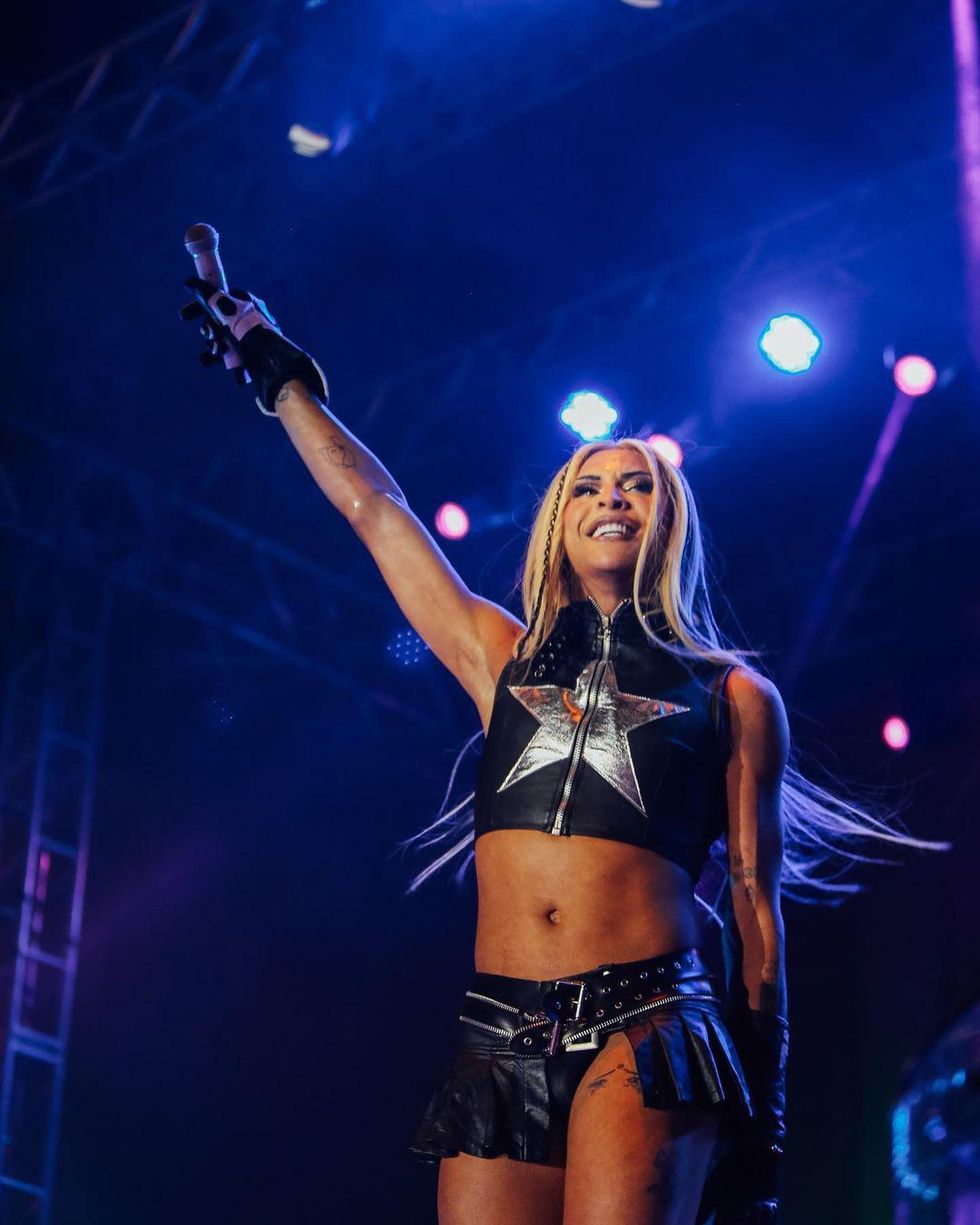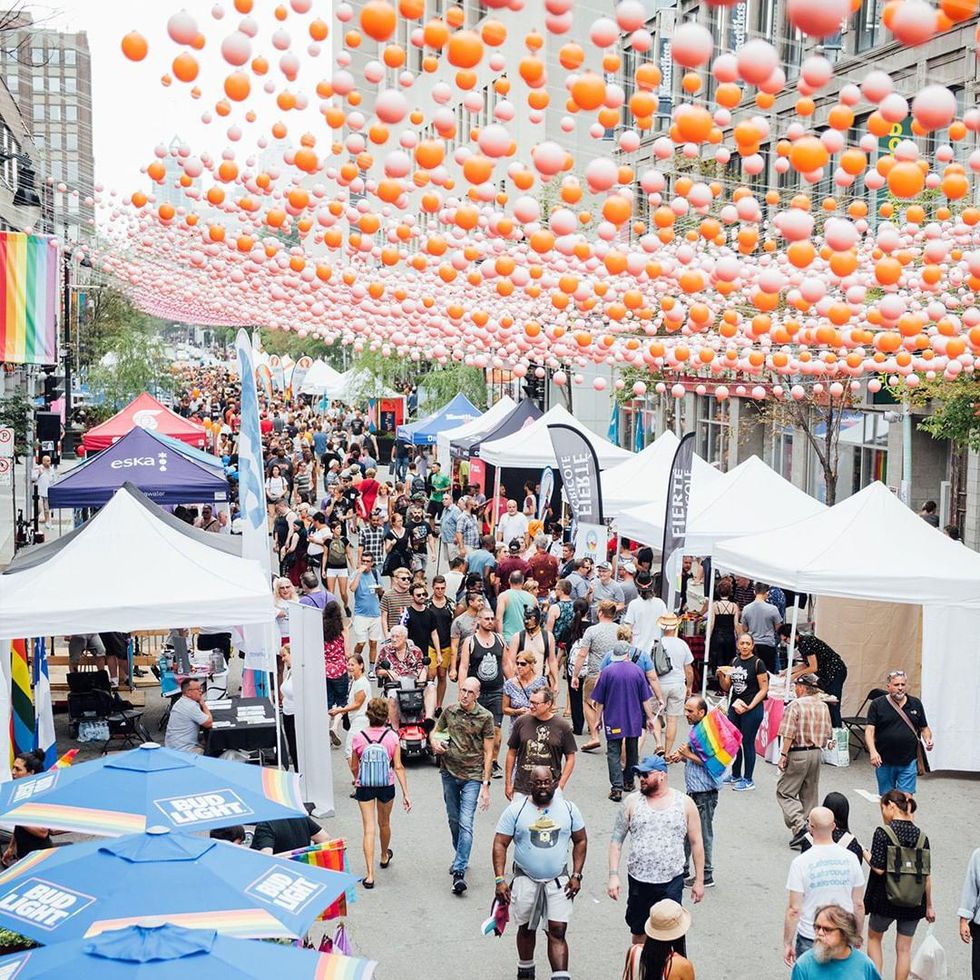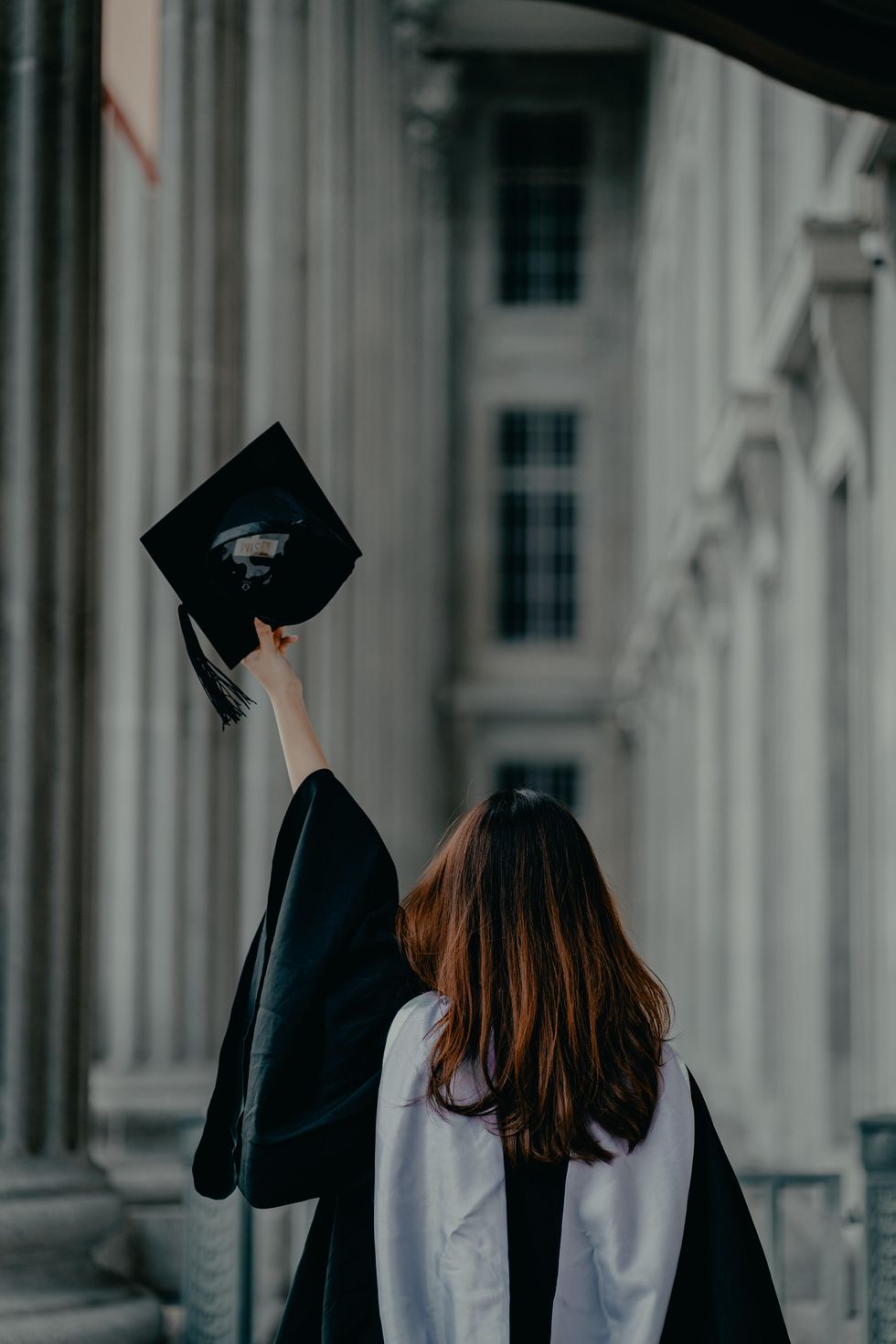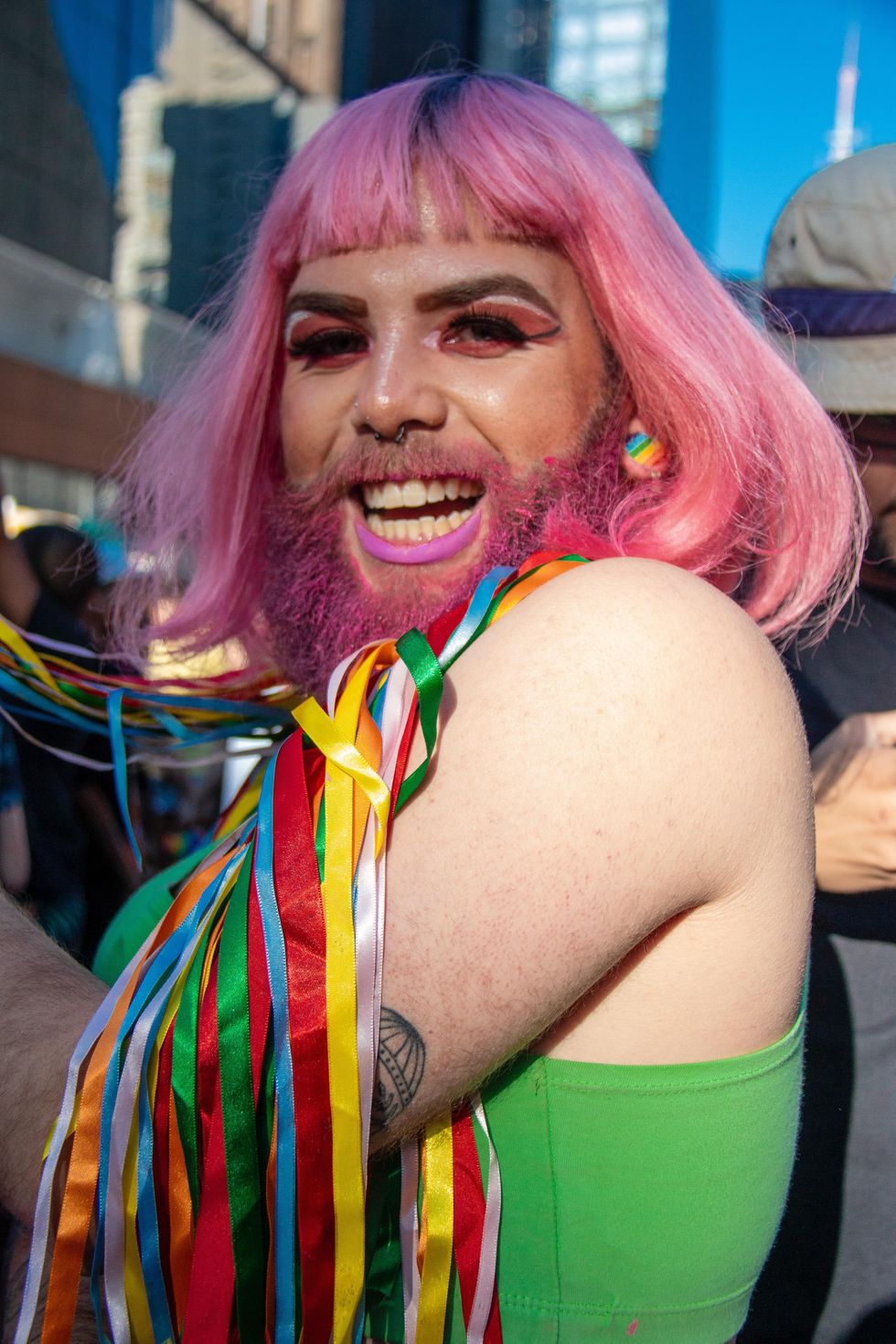6 Things You Didn't Know About Pride
There's more to the festivities than the parade!

The largest gathering of its kind in the French-speaking world, the Montréal Pride Festival is a celebration of 2SLGBTQIA+ people and a platform for their voices.
Since 2007, the event has stood for the rights of marginalized communities while honouring their cultural richness and achievements to date. Acting as a beacon of hope for people who can't live out and proud, Pride is also a time to rejoice and celebrate.
Whether you're part of Quebec's 2SLGBTQIA+ communities or just want to show your support for them, there are plenty of good reasons to take part in Pride.
From the programming to the many services that come with the festival, here's what you didn't know about Montréal Pride.
Pride Spreads Its Colours All Across The City
Activities are planned everywhere, and they're all easily accessible by public transport. The many free performances on the Olympic Park Esplanade are among those you won't want to miss.
The festival is also happening all over the Village, notably during the Community Days held on August 5 and 6 on Sainte-Catherine Street East. Entertainment will be available at the Jardins Gamelin, Place du Village, Le Monastère and more.
Exhibitions and activities will also take place at the Phi Center, the Olympia Theater, the Espace Langlois, the LGBTQ Community Center, Bain Mathieu and La Sala Rosa.
After a two-year absence, the Pride Parade will return on Sunday, August 7. Once the floats have passed, you can join the parade, which will start at 1 p.m. and march along René-Lévesque Boulevard, between Metcalfe and Alexandre-DeSève streets.A Diverse & International Program Awaits

Shows will take place on the iconic Olympic Park Esplanade and feature artists from all sorts of backgrounds. On Opening Night, August 3, Pierre Kwenders and Diane Dufresne will be on stage from 7 p.m.
Until August 7, you can also see Ariane Moffatt, Coeur de Pirate and Calamine — a Montreal-based Queer feminist rapper. International artists, including Pabllo Vittar from Brazil, will also be putting on a show.
To top it all off, the special programming includes Drag Superstars and Rapture, a contemporary dance tribute to the millions of people who have died from AIDS.
The Event Boosts Visibility For Community Groups & Businesses

Alison Slattery & Guillaume Perrier | Instagram
Community Days are a great opportunity to learn about the associations that serve the 2SLGBTQIA+ communities and to encourage the great work they do.
On August 5 and 6, from 11 a.m. to 6 p.m., head to the Village and take in the many kiosks that will be set up along Sainte-Catherine Street East.
Find out about services that you may not have known existed, and spend an enjoyable and enriching day with members of Montreal's diverse communities.
Financial Support For 2SLGBTQIA+ Students

Montréal Pride strives to foster the development of its community members in many ways. That's why the festival has awarded five scholarships this year, including two doctoral scholarships worth $4,500 and three master's scholarships worth $3,000.
The recipients are excellent students from sexual and gender diverse communities whose research projects focus on the realities of living in Quebec as a 2SLGBTQIA+ person.
The Celebrations Last Well Beyond Pride Week

A week-long celebration is all well and good, but the festival's goals last all year long. That's why the organization is providing support to 36 community projects, thanks to $125,000 in overall funding.
These associations provide invaluable services to community members, fight against the discrimination they face and work to advance their rights.
These projects are conducted in the Greater Montreal Area and in cities such as Val-d'Or, Saint-Hyacinthe, Chicoutimi, Magog and Sherbrooke. This way, pride can reach even more 2SLGBTQIA+ people who face realities and challenges of their own.
Show Your Colours For Those Who Can't
Throughout history, people who have been forced to conceal their sexual orientation found ways to recognize each other. Most notably, perhaps, is the wearing of bright colours.
The green carnation, for example, was used by Parisians and Londoners in the late 19th century to signal their orientation. Famously, Oscar Wilde wore one. On the other side of the globe, in Australia, yellow socks were a common symbol.
Today, thanks to the dedication of 2SLGBTQIA+ elders over the past decades, all the colours have been brought together in a rainbow that represents the sexual and gender diversity of the community.
Being able to wear the rainbow proudly is more than a right, it's a tribute to previous generations and a responsibility to the future.
More than a celebration, the Montréal Pride Festival impacts the living conditions of members of the 2SLGBTQIA+ communities in a very real way. It's a coming together where human connection can take place in a safe and festive context.
If you or your loved ones are part of the 2SLGBTQIA+ communities, the festival is the perfect opportunity to showcase the beauty of the diverse people who call Quebec home.
To see the complete program, visit the Montréal Pride Festival website or follow them on Facebook, Instagram, Twitter and YouTube.
This article was originally published in French on Narcity Québec.